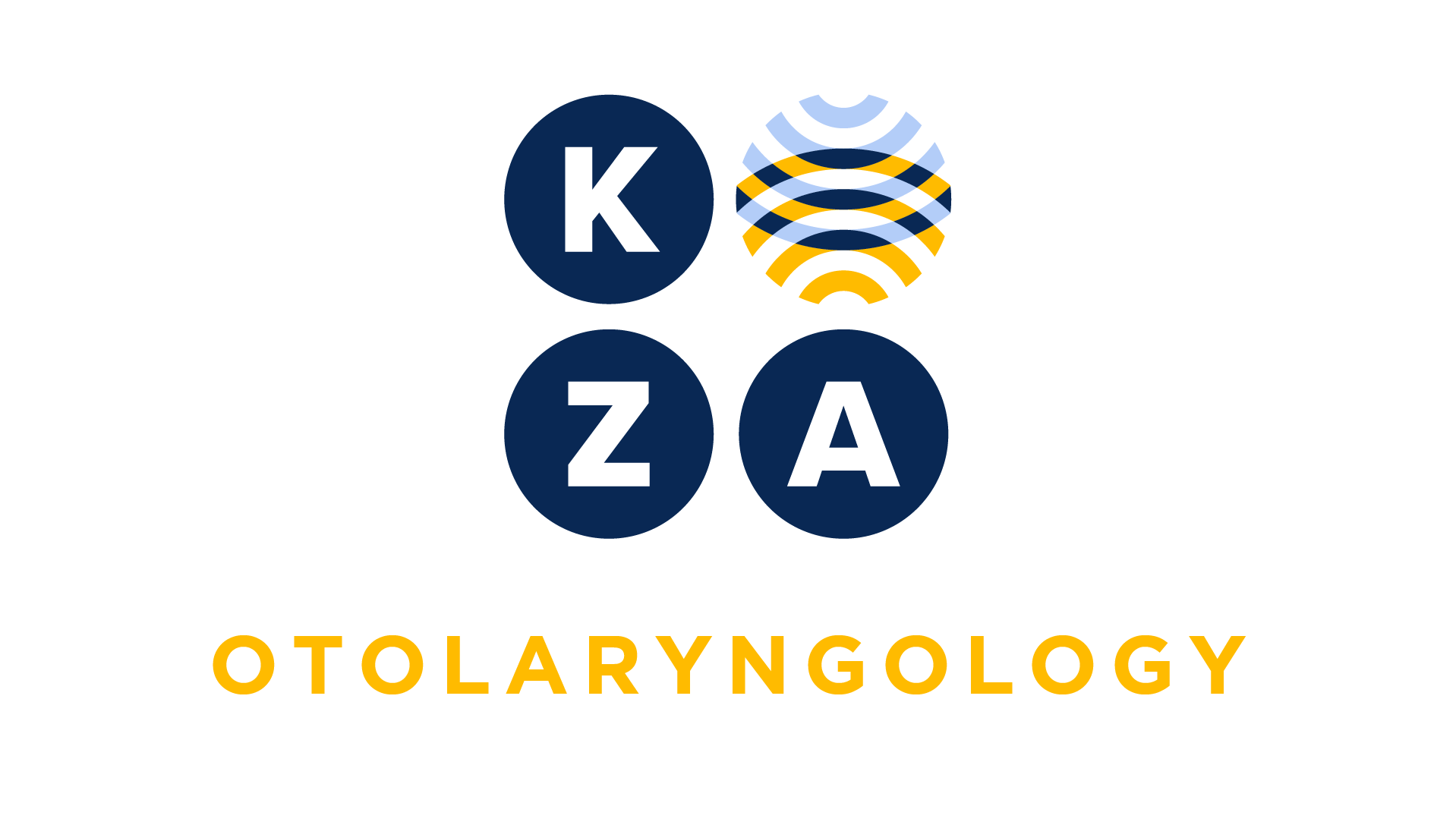
Choose your specialty from the list below to see how our experts have tackled a wide range of client questions.
Looking for something specific? Utilize our search feature by typing in a key word!
Redo Laminectomy Denials (63042 & 63044)
I am having trouble coding a redo laminectomy, most get denied, and my surgeon does them all the time. CPT codes 22633 or 22612 are usually the primary codes. I'm still confused about 63042 & 63044. Thank you.
Question:
I am having trouble coding a redo laminectomy. Most get denied, and my surgeon does them all the time. CPT codes 22633 or 22612 are usually the primary codes. I'm still confused about 63042 & 63044. Thank you.
Answer:
Thank you for asking KZA!
This inquiry did not include an operative note or denial information. Without this, KZA will provide some general coding guidance.
If the diagnosis is not disc-related, codes 63042 & 63044 would not be appropriate to report with codes 22633 or 22612. Additionally, CPT code 22633 includes discectomy; it would not be appropriate to report 63042. These could be the source of the denials received.
Key Takeaways:
Laminectomy coding is diagnosis-driven. Generally, reviewing the pre-/postoperative diagnoses and indications will provide this detail; if not, querying the surgeon is advised for clarification.
There are only reexploration codes for disc (6304x). If the diagnosis is not disc, Modifier 22 could be potentially considered if the documentation reflects and supports additional procedural services.
Lumbar interbody fusion codes (22630-22634) – include discectomy (63030/63035 & 63042/63044).
Lumbar interbody fusion codes (22630-22634) have add-on codes (63052/63053) to reflect additional decompression beyond laminectomy/discectomy sufficient to prepare the interspace.
*This response is based on the best information available as of 8/28/25.
E/M for PAD with Ultrasound Order
How would we code for a visit for a patient with PAD and an order for an ultrasound?
Question:
How would we code for an established office visit for a patient with PAD and an order for an ultrasound?
Answer:
In terms of EM elements, PAD would support a chronic condition for a moderate problem, combined with an ultrasound (minimal risk) which would support a 99212 established visit.
*This response is based on the best information available as of 8/28/25.
Bone Anchored Hearing Implants
What CPT code would I report for implanting a bone anchored osseointegrated implant with a magnetic transcutaneous attachment outside of the mastoid?
Question:
What CPT code would I report for implanting a bone anchored osseointegrated implant with a magnetic transcutaneous attachment outside of the mastoid?
Answer:
In 2023 three new CPT were created to report Transcutaneous osseointegrated implants outside of the mastoid. For the implantation the code to report is 69729, for the replacement of the existing device report 69730 and for the removal of the implant report 69728.
*This response is based on the best information available as of 8/28/25.
Documenting Mohs Surgery
What should be documented in my note to support billing for Mohs surgery?
Question:
What should be documented in my note to support billing for Mohs surgery?
Answer:
This is a great question. To support Mohs surgery, comprehensive documentation should include several key components:
Pre-operative Documentation:
Detailed pathology report confirming the skin cancer diagnosis (basal cell carcinoma, squamous cell carcinoma, etc.)
Clinical photography showing the lesion's size, location, and characteristics
Patient history including previous treatments, recurrences, or incomplete excisions
Documentation of high-risk features (location on face/genitals, size >2cm on trunk/extremities or >1cm on face, aggressive histologic subtypes, perineural invasion)
Medical necessity justification explaining why Mohs is preferred over standard excision
Operative Documentation:
Detailed operative report describing the procedure, number of stages required, and final defect size
Stage-by-stage documentation with tissue mapping and frozen section results
Real-time photographs of each stage and the final defect
Pathology reports for each Mohs stage confirming margin status
Documentation of any complications or unusual findings
Post-operative Documentation:
Reconstruction plan and methods used for wound closure
Post-operative care instructions and follow-up schedule
Final pathology confirming complete tumor removal
Patient education materials provided
Insurance and Administrative:
Prior authorization if required by the insurance plan
Appropriate CPT codes (17311-17315 for Mohs surgery stages, plus reconstruction codes)
Documentation supporting medical necessity, particularly for lesions that might be considered for standard excision
This thorough documentation ensures proper patient care, supports insurance reimbursement, and provides a complete medical record for future reference.
*This response is based on the best information available as of 8/28/25.
Two Procedures on the Same Day
If a patient develops a complication from a surgical procedure and needs to return to the OR for treatment, will the second procedure require a modifier and if so, which modifier? We are debating whether it would be a modifier 58 for staged procedure, or 78 for an unplanned return to the OR.
Question:
If a patient develops a complication from a surgical procedure during the global period and needs to return to the OR for treatment, will the second procedure require a modifier and if so, which modifier? We are debating whether it would be a modifier 58 for staged procedure, or 78 for an unplanned return to the OR.
Answer:
Modifiers 58 is appended to a subsequent procedure if it is staged or more extensive than the original procedure. Modifier 78 is for an unplanned return to the OR, typically a complication. Therefore, in the scenario you describe, a modifier 78 for an unplanned return for a complication would be the appropriate modifier.
*This response is based on the best information available as of 8/28/25.
Measuring an ED&C
How are measurements determined for electrodessication and curettage (ED&C) procedures for destruction of malignant lesions CPT codes 17260-17286? Is it the lesion only or the lesion after curettage?
Question:
How are measurements determined for electrodessication and curettage (ED&C) procedures for destruction of malignant lesions CPT codes 17260-17286? Is it the lesion only or the lesion after curettage?
Answer:
Great question—this detail can make a big difference in accurate coding. For CPT codes 17260–17286, which describe destruction of malignant skin lesions (including methods like electrodessication and curettage), the measurement is based on the lesion diameter prior to the procedure, not the size of the wound or defect after curettage.
Here’s what’s key:
Measure the lesion itself before any destruction technique is applied.
Do not measure the post-procedure defect or area of tissue removed.
The method of destruction (e.g., ED&C, cryosurgery, laser) does not affect code selection—only anatomic location and lesion size matter.
*This response is based on the best information available as of 8/14/25.
Do you have a Coding Question you would like answered in a future Coding Coach?
If you have an urgent coding question, don't hesitate to get in touch with us here.





